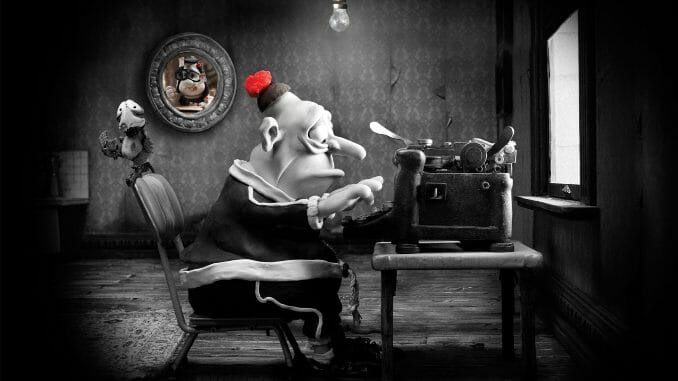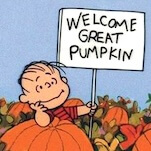Adam Elliot and the Clayography: 25 Years of Personal, Intimate, Indie Animation

Australian animator Adam Elliot is patient. Since 1996, he’s only made one feature and five stop-motion shorts (not including a 1996 hand-drawn animation, Human Behavioral Case Studies). His films—done in a style called “clayography,” a term he coined—can take up to five years to make due to the complicated process of claymation and the creation of miniature objects, cities and characters. He’s not a fan of tricks either, leaning into traditional in-camera techniques. He thrives on diligence and measured resolve. This patience over the last quarter century, painstaking in nature, has led to a brilliance in an oft-overlooked medium, where directors’ names rarely exist outside the characters they create.
Few animation filmmakers achieve a level of notoriety, Walt Disney and Hayao Miyazaki being chief among them. The majority of moviegoers instead associate animated films with their studios, massive efforts by big teams from Pixar and Disney to Cartoon Saloon and Laika, rather than more singular efforts done by the likes of Elliot. Directors like Brad Bird, Tomm Moore or Satoshi Kon achieve success sans fame, a void that doesn’t equate Oscars with name recognition, box office numbers or the “bankable director” label.
Elliot gives of himself and his life story, personalizing his films by depicting versions of his family, friends and himself. He has never achieved an astounding amount of commercial success, instead living on the film festival circuit, winning consistent honors. He’s become a niche sensation, a paradox befitting a filmmaker blending family trauma with dark comedy—like putting together an eight-year-old Australian girl with a 44-year-old New Yorker for the warmest of friendships in 2009’s Mary and Max.
Elliot began with a triptych, three shorts about specific family members: Uncle (1996), Cousin (1998) and Brother (1999). But these stories contain more than morsels of truth and highly specific details, like someone smelling of a specific brand of licorice, childhood and adult obsessions with cigarette butts, a book of facts instead of proper schooling, Morse code leading to love, and characters that always end up on the front page of the local paper after being struck by lightning or winning the lottery.
A melancholic optimism, hope that comes from the cyclical nature of life, runs like a current throughout these films. Black-and-white and with minimal clay movement besides eyes blinking, Elliot’s first three clayographies balance the pangs and comedy that naturally pop up for all of us. He doesn’t shy away from illness or death, almost welcoming it, as they never come as shocks but as matter-of-fact events. Elliot embraces discord and depression, difficult subjects that he explains in simple terms, unwilling to stigmatize or trivialize that which affects his characters. In Mary and Max, Max lists the traits of someone with Asperger syndrome: “Number one, I find the world very confusing and chaotic, because my mind is very literal and logical. Two, I have trouble understanding the expressions on people’s faces…” He does not feel disabled, defective or that he needs to be cured. He likes how he is. The frequent result is unmediated, medical-grade warmth, comfort and understanding, wrapping you in a blanket reminiscent of family reunions and first loves and that person you’ve always called your best friend. He captures those feelings without force or exertion, but with patience and honesty.
And all of his figures remain unchanged in style and substance, from 1996 through his most recent film, 2015’s Ernie Biscuit, his most joyous and romance-filled adventure. Though he doesn’t reuse figurines, these characters all look similar: Big eyes behind bigger glasses; round, frumpled faces; and, most often, only three strands of hair. Elliot has an ambition to help these clay people, seen in Ernie Biscuit and 2003’s Oscar-winning short Harvie Krumpet. The former follows a deaf taxidermist who lost his hearing at summer camp and, later in life, hops on the wrong plane only to end up homeless in Australia. But, even after all of his troubles, he falls in love with a deaf woman by bonding with her in Morse code. Par for the course for an Elliot protagonist.
-

-

-

-

-

-

-

-

-

-

-

-

-

-

-

-

-

-

-

-

-

-

-

-

-

-

-

-

-

-

-

-

-

-

-

-

-

-

-

-








































